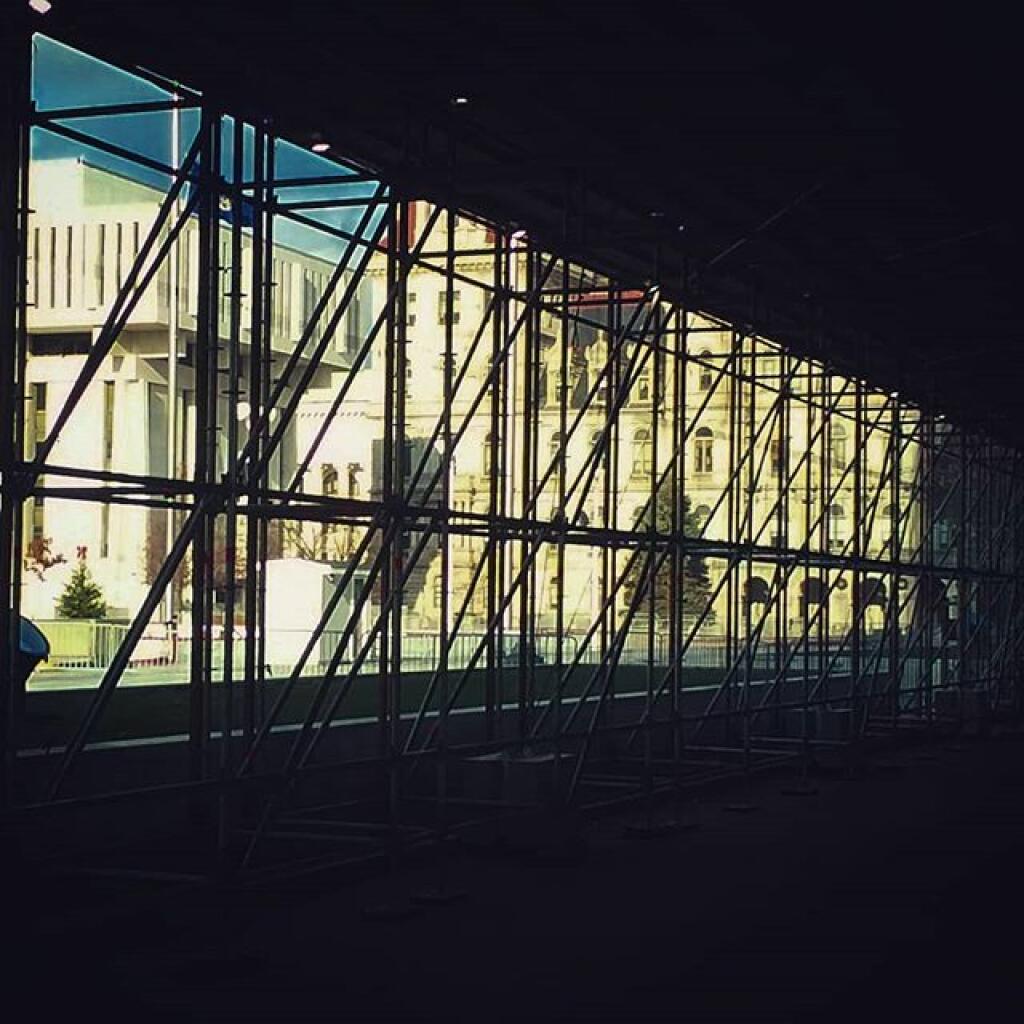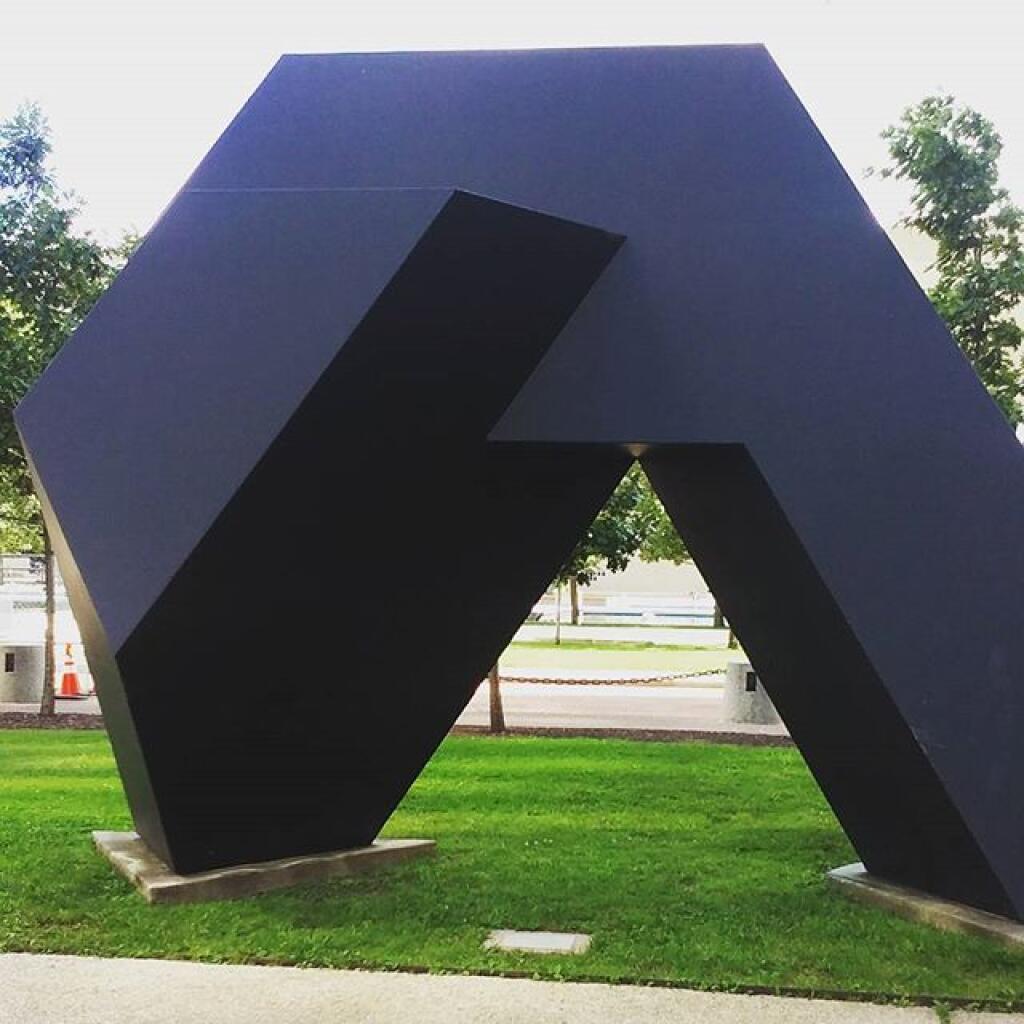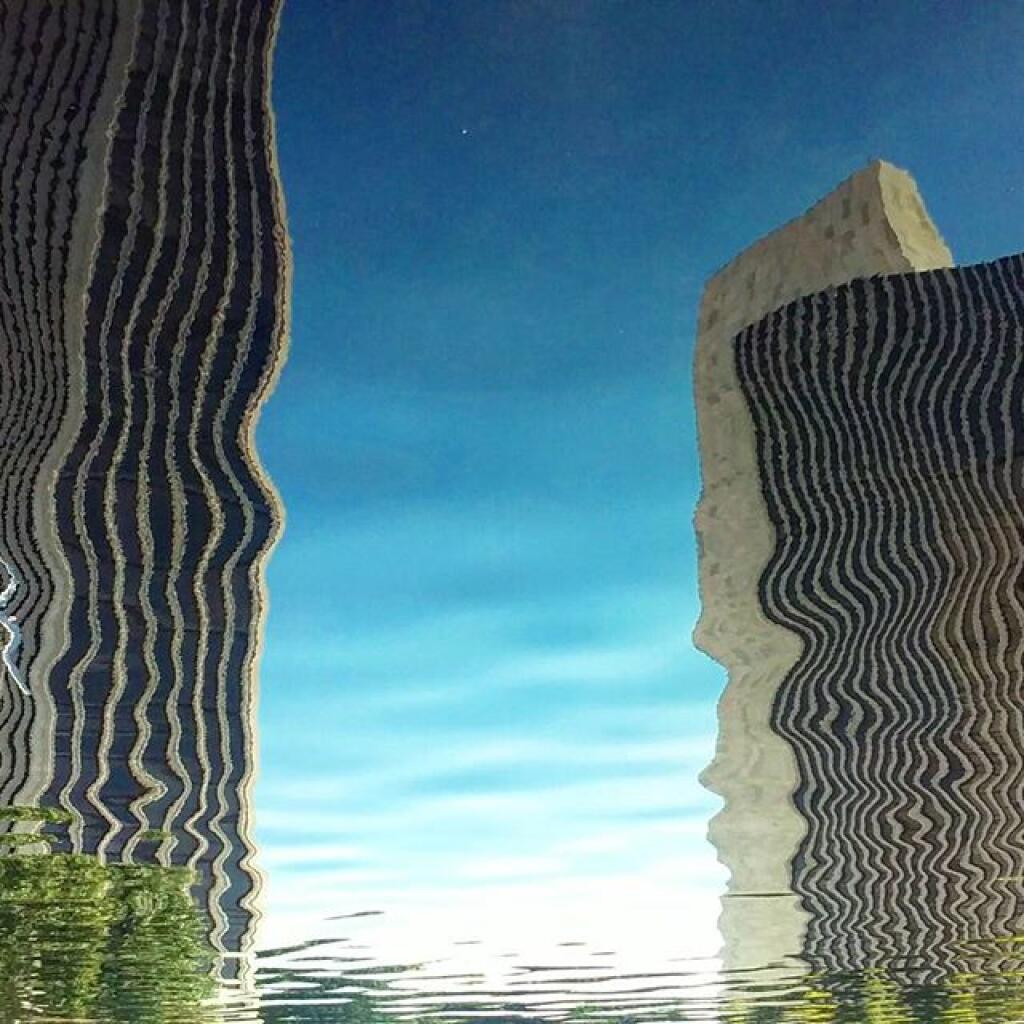Empire State Plaza
Under construction
George Gasc�n Is Remaking Criminal Justice in L.A. How Far Is Too Far? – The New York Times
The new breed of district attorney threatens a deeply entrenched system, with tentacles in multiple agencies and the backing of many of the police officers, judges, rank-and-file prosecutors and probation and parole officers who determine what justice, or at least law enforcement, actually means day to day. Some of those insiders stiffly resisted the calls for change. When Larry Krasner took over the district attorney’s office in Philadelphia in 2017, more than 100 lawyers and employees walked out the door; Krasner also dismissed 31 others. (Gasc?n, by contrast, couldn’t clean house: In Los Angeles, prosecutors have the rare benefit of civil-service protections and a union.)
Revised Bypass Pumping – Central Air Conditioning Plant for the Empire State Plaza
The purpose of the bypass pumping system is to keep the pump station operational with river water flows to the Central Air Conditioning Plant for the Empire State Plaza. The intake cannot be shut down for any significant length of time and therefore the bypass pumping system is essential for maintaining flows to the plant while the intake is being modified. The bypass intake and pumping system was approved as part of the original permit plans (Dwg. PC-005). However, discussions with the contractor likely to be selected for the project suggested that the pumping system as laid out would not provide the intended flows and would have to be reconfigured with the pumps located on barges in the river. HDR engineers revisited the design and determined that the original design would not work. The total maximum daily flow the bypass pumping system must be capable of pumping is 60 million gallons a day (60 MGD) which equates to 42,000 gallons per minute (gpm). The bypass pumping system consists of centrifugal self-priming end suction pumps. Self-priming pumps are required as the elevation of the pump is above the elevation of the water level. Therefore, the pump is required to evacuate all air from the piping system in order to flood the pump suction with water. These pumps utilize the pressure of the atmosphere to lift the water higher than sea level and into the pump itself. The pumps, when using atmospheric pressure in assisting with pushing water into the pump itself, are capable of “lifting” the water a maximum of 25 feet above sea level. Therefore, the maximum height the pump can be located above the water level is 25 feet. The height will be even less when taking into consideration pipe friction losses, leakage, wave movement above the pipe, etc. As can be seen from the surveyed elevations of the project site, the only feasible on land location (within OGS property limits) for the pumps is at elevation 23.25.’ The pump centerline is 3 feet above this elevation. The high water level in the river is elevation 5.70. The low water elevation is -5.10. Therefore, the total lift that the pump must overcome at low tide is (23.25’ 3’-(-5.1’) = 31.35’, which is more than any pump is capable of lifting water. Additional information on the pumping system is provided in memo located in Attachment B.




